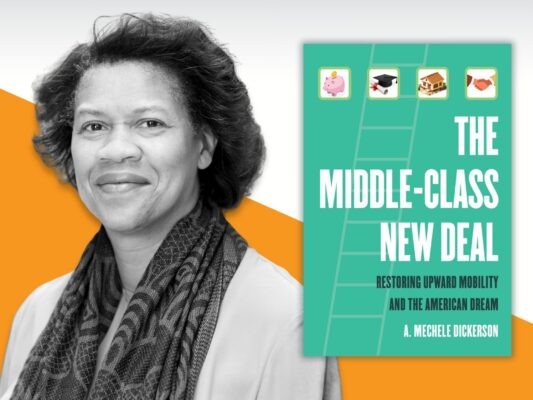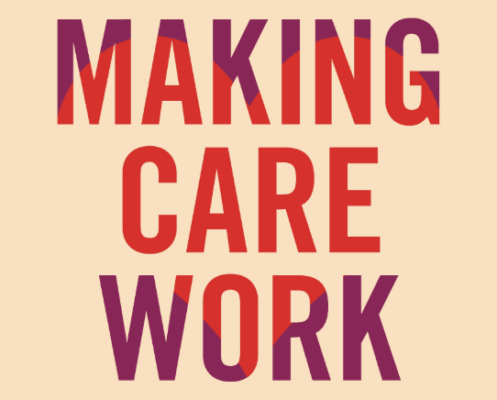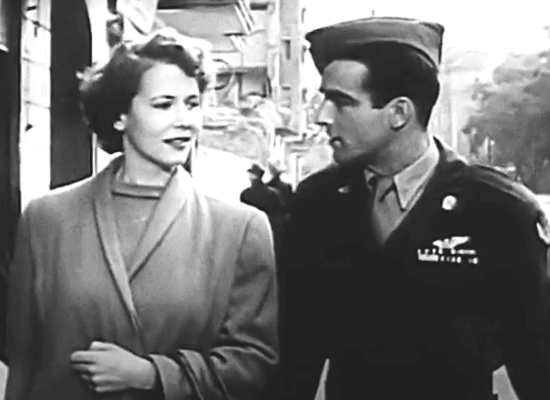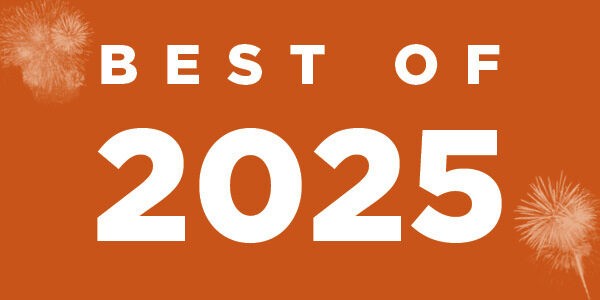1,394 Results

UC Press December Award Winners
Jan 12 2026
UC Press is proud to publish award-winning authors and books across many disciplines. Below are our December 2025 award winners. Please join us in celebrating these scholars by sharing the news!
Read More
South Asian Colonized Hired Work
Jan 07 2026
Author Titas Chakraborty on the English East India Company's history of using colonized hired work.
Read More
Q&A with Cindy Nguyen, author of "Bibliotactics"
Jan 07 2026
Author Cindy Nguyen shares her journey of her process and reading culture in Vietnam.
Read More
An Exclusive Look at "Sails & Shadows" by Patricia Seed
Jan 06 2026
An excerpt from Patricia Seed's "Sails & Shadows"
Read More
Mechele Dickerson on Saving the Middle Class
Jan 05 2026
Author Mechele Dickerson explains why everyone should care about the health of the middle class, and what we can do to save it.
Read More
Making Care Affordable is Key to Our Economic Future
Jan 02 2026
Author Nancy Folbre explains why no amount of economic growth is going to make care provision affordable—unless we commit to putting people first.
Read More
Queering Economics for a Better Future
Dec 30 2025
Authors Leanne Roncolato and Michael E. Martell on building a better and more inclusive economics.
Read More
Climbing a Ladder or Buying a Lottery Ticket?
Dec 28 2025
Author Gary Hoover on who really gets ahead in a market-based economy.
Read More
How Hollywood Dramatized the Berlin Airlift: A Q&A with Joseph Pearson
Dec 20 2025
Both propaganda and entertainment, George Seaton’s film, "The Big Lift," released in 1950, starring Montgomery Clift, saw Hollywood dramatize the struggles of post-war Berlin and the Berlin Airlift.
Read More
The Best UC Press Books of 2025
Dec 19 2025
Bold, field-defining scholarship for the public good.
Read More